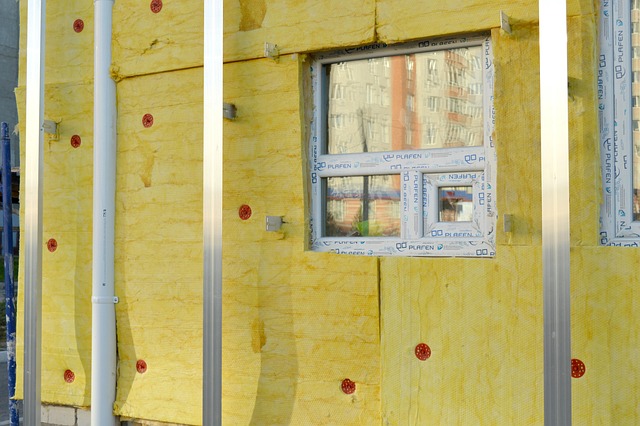We invest in stunning display technology. We marvel at the crispness of 4K, the vibrant colours of HDR, and the fluid motion of high refresh rates. Our TVs and monitors are visual powerhouses, delivering immersive experiences like never before. But what about the sound that accompanies those visuals? Often, the audio is an afterthought, delivered via built-in speakers or external systems, using formats we might not give much thought to.
Yet, audio technology is just as crucial to a truly immersive experience. As display technology pushes boundaries, shouldn’t the audio standards keep pace, particularly in efficiency and quality? This is where formats like Ogg Vorbis come into the picture, offering an open, high-quality alternative that could become increasingly relevant in the world of monitors and display-centric media consumption.
At its core, Ogg Vorbis is a lossy audio compression format. Developed as a free and open alternative to proprietary formats, it offers excellent quality at competitive bitrates. Think of it as a technical choice that prioritizes openness and performance without licensing fees. This technic” isn’t just for niche audio enthusiasts; it has practical implications for developers, content creators, and ultimately, the end-user.
How does an audio codec relate directly to the display technology we see on our desks or living room walls? While Ogg Vorbis doesn’t dictate what appears visually, it’s often the audio stream embedded within the video files or network streams that our TVs and monitors decode and play. As display devices become smarter, with integrated media players and streaming capabilities, the audio formats they support become more important. Native support for Ogg Vorbis could mean smoother playback, better synchronization with video, and potentially less processing overhead compared to formats requiring complex licensing or hardware acceleration.
Consider the rise of media played directly on monitors or smart TVs, from streaming services to local files. The audio codec is a fundamental part of that media package. An efficient, high-quality, and open codec like Ogg Vorbis presents an attractive option for broadcasters, streamers, and hardware manufacturers looking for robust technical solutions without proprietary hurdles. It fits neatly into the ecosystem of modern display technology that values performance and compatibility.
Furthermore, the world of display technology isn’t just about passive viewing. Interactive experiences, gaming, and even audio visualization tools are becoming more common on high-end monitors. While Ogg Vorbis doesn’t create visuals itself, its open nature fosters an environment where creative “visualization” software can thrive, working seamlessly with audio streams encoded in the format and displayed beautifully on capable monitors. It’s about the entire media pipeline, from the bits that represent sound to the pixels that bring them to life visually.
As display technology continues its rapid evolution – from higher resolutions and refresh rates to new panel types and connectivity standards – the accompanying audio standards also need to evolve. Integrating support for open, efficient, and high-quality formats like Ogg Vorbis within the firmware of TVs and monitors, or ensuring its robust handling by connected devices, represents a step towards a more open, technically sound future for digital media displayed in our homes and offices.


